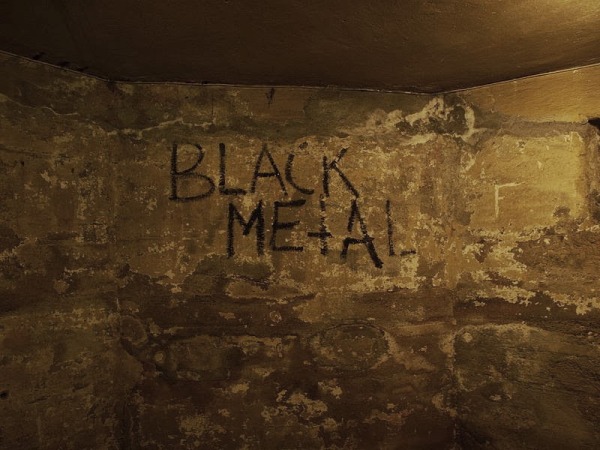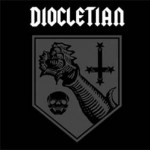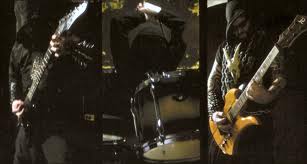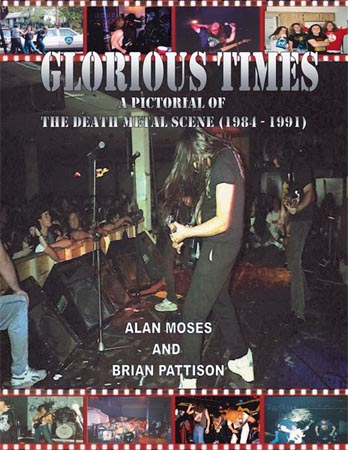One of the real delights of listening to truly great music is the capacity it has to continuously surprise an attentive listener. Great music makes itself known, in part, by the ways in which it yields up its secrets: slowly. In a sense, great music never “gets old” because each experience of it reveals new insight, allowing us to approach it as if for the first time.
The corollary to this, of course, is that while genius manifests itself in infinitely variable ways, all bad music is pretty much bad in the same predictable ways. Error was always thus: it cannot grow, it cannot meaningfully change, it can only, like a virus, reproduce itself in hosts who have not previously been exposed (which is why, to the experienced and attentive listener, each new iteration of bad music becomes more easily identified symptomatically while the inexperienced and/or stupid listener is likely to fall for FAILS that their more competent brethren spot from a mile away).
A Taxonomy of FAIL
Carnival Music
Symptoms: Like a carny barker or a snake oil salesman, many bands try to distract listeners with novelty or wild stylistic gesticulations designed to steer attention away from the underlying emptiness of what is being offered. Often, this will take the form of superficially “innovative” gestures like adding flutes, “technicality,” exaggerated, cartoonishly executed additions from “surprising” outside influences, or maybe just really long songs.
Classic FAIL Archetypes: Opeth, Dimmu Borgir, Deathspell Omega, Necrophagist, Cynic, later Therion
Sonic Wallpaper
Symptoms: Most often associated with black metal, this FAIL is typified by a failure to grasp the dramatic, narrative aspects of metal. As a result, these bands make music that is often pleasant, inoffensive and even impressive in its constituent parts, but devoid of meaning, spirit, passion or lucid organization. It may work as background music, but it cannot stand on its own merits when listeners pay close attention. Basically, when you find yourself hitting the snooze button four minutes in, you’ve stumbled on this brand of FAIL.
Classic FAIL Archetypes: Ulver, Drudkh, Negative Plane, pretty much anything involving Stephen O’Malley
Metal as Mainstream Pander
Symptoms: Most often spotted in the wild among established bands who have depleted their creative fire and genre tourists with no established connection to metal, this FAIL can be easily spotted by the way it apes mainstream music while superficially applying metal technique. Often includes elements of either Sonic Wallpaper, Carnival Music or both. Comes in both “high brow” and “low brow” versions.
Classic FAIL Archetypes: later Metallica, later Enslaved, Wolves in the Throne Room, post-Hell Bent For Leather Judas Priest
Angst for Autistics
Symptoms: FAILS of this sort reveal themselves by an emphasis on dumbed down rhythm to the near total exclusion of all other traits, usually accompanied by some sort of superficially “shocking” or simply mind-numbingly aggro lyrical content. Basically, they exist to mollify the angry impulses of speds, emotionally crippled jocks, JNCO-sporting malltwats, meathead bigots and assorted other human defectives.
Classic FAIL Archetypes: Pantera, Cannibal Corpse Origin, later Deicide, pretty much all metalcore, deathcore and NSBM


 Structurally, the songs of Diocletian adhere to the musical formulas that define
Structurally, the songs of Diocletian adhere to the musical formulas that define 

